Firearms have a long and fascinating history, with some of the oldest guns in the world marking major technological leaps and innovations in warfare. From early cannons to complex revolving guns, each of these weapons helped pave the way for modern firearms. This article explores the oldest surviving firearms, spanning different cultures, technologies, and historical periods. These ancient guns reflect not only the ingenuity of their creators but also the influence of cross-cultural exchanges and the evolution of warfare.
The Nock Volley Gun
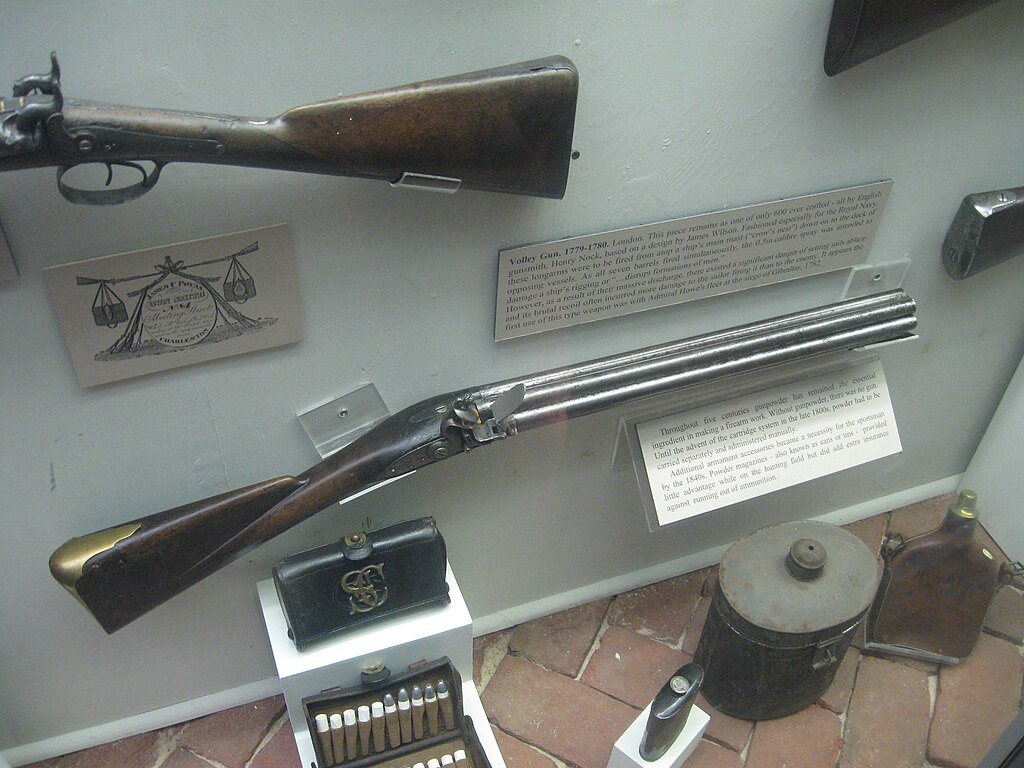
Designed by James Wilson in 1779, the Nock Volley Gun was a formidable seven-barreled firearm developed for the British Royal Navy. It allowed all seven barrels to be fired at once, making it particularly lethal at close quarters, especially for naval engagements. Initially intended for use in ship-based defense against boarding attacks, it had such a powerful recoil that it proved challenging to handle and was eventually phased out. Despite its limited success in combat, the volley gun was an early precursor to multi-barrel firearm technology. Its unique construction remains a significant example of innovation in firearm design. With only a handful ever produced, it is now a collector’s piece admired for its historical significance and mechanical complexity. Today, it holds a place in museums and has inspired fictional appearances, cementing its legacy as a uniquely ambitious firearm.
The Puckle Gun
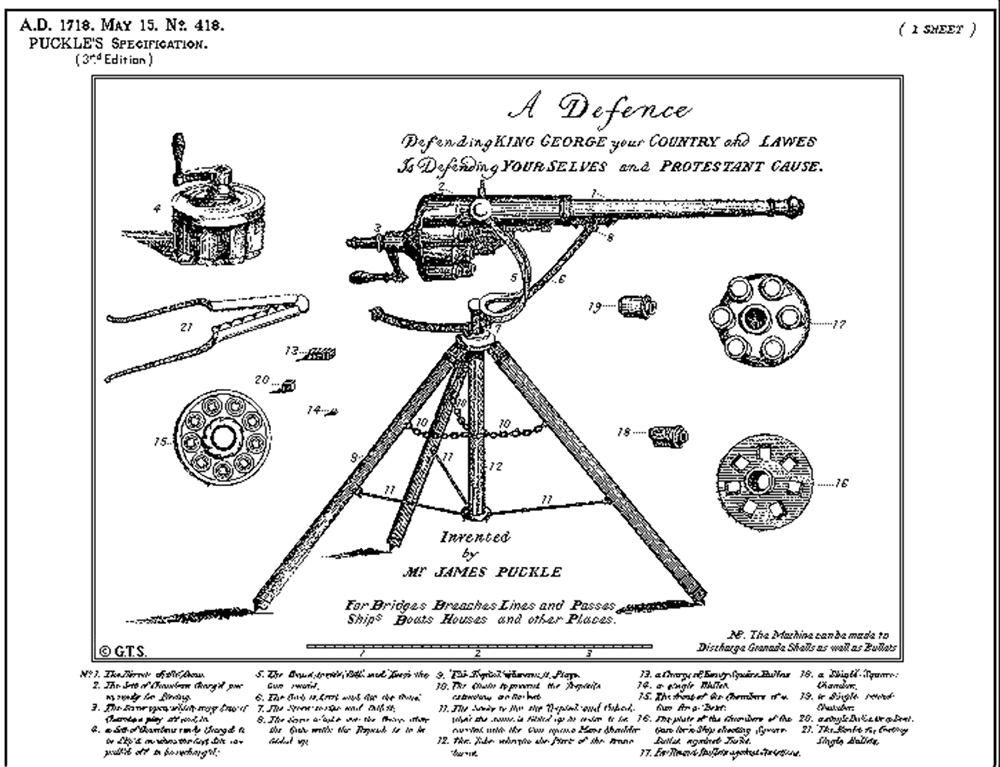
Patented by James Puckle in 1718, the Puckle Gun was an innovative firearm and is sometimes considered an early example of a machine gun. Created in the United Kingdom, this weapon utilized a flintlock mechanism combined with a revolving cylinder, allowing it to fire multiple rounds in succession, an unprecedented feature at the time. Designed as an anti-boarding gun for ships, it could fire round bullets for traditional enemies and square bullets for specific, controversial targets, reflecting its designer’s eccentric ideas. Although technologically advanced, it didn’t gain widespread adoption due to its high cost and mechanical complexity. Only a few prototypes were created, with limited British military interest. Nevertheless, it represented an early attempt at increasing firing rate, laying groundwork for future multi-shot firearms. Today, original models of the gun are displayed in museums, highlighting its role in the evolution of firearms technology and military innovation.
King Louis XIII’s Flintlock Gun

King Louis XIII’s Flintlock Gun, crafted in France around 1620, marked one of the earliest uses of flintlock technology, transforming firearm mechanisms of the era. Marin Le Bourgeois, the renowned French gunsmith who invented the flintlock, crafted this gun specifically for King Louis XIII. Unlike earlier designs, the flintlock mechanism allowed for quicker and more reliable firing, making firearms more practical in both military and hunting contexts. The firearm itself was intricately decorated with the king’s royal insignia, showcasing the symbolic power and craftsmanship associated with French royalty. Its precision and ease of use made it highly popular, influencing weapon designs for nearly two centuries. Today, this historic firearm is preserved in The Met Museum, symbolizing a major evolution in gun mechanics. Its legacy as an early flintlock firearm continues to influence firearm history, representing both functional and artistic achievement in Renaissance weaponry.
The Istinggar Matchlock
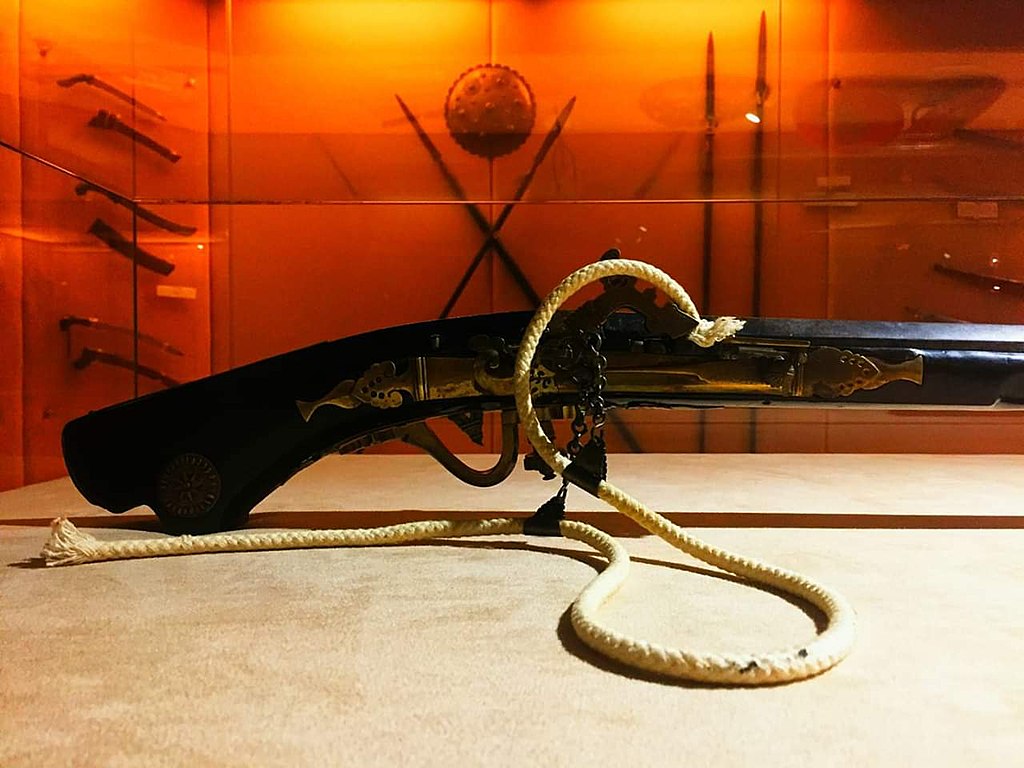
The Istinggar, originating in the Malay Archipelago in the 16th century, exemplifies early firearm technology developed in Southeast Asia. Its design was based on the Portuguese matchlock guns introduced to the region during the 1500s, but it was adapted to suit the needs of local warriors. These firearms were smaller and lighter, often equipped with a more compact stock that could be comfortably held against the cheek. It was popular among Malay warriors and was used in various regional conflicts, reflecting its importance in both defense and warfare. The weapon played a notable role in maritime conflicts, where it was easily wielded in the close quarters of ships. It also showcases the craftsmanship and adaptation skills of Southeast Asian gunsmiths, who refined foreign technology to fit their unique environments and needs. It represents an important historical moment when local weapon technology began to merge with European influences, marking a significant advancement in Malay warfare.
The Java Arquebus
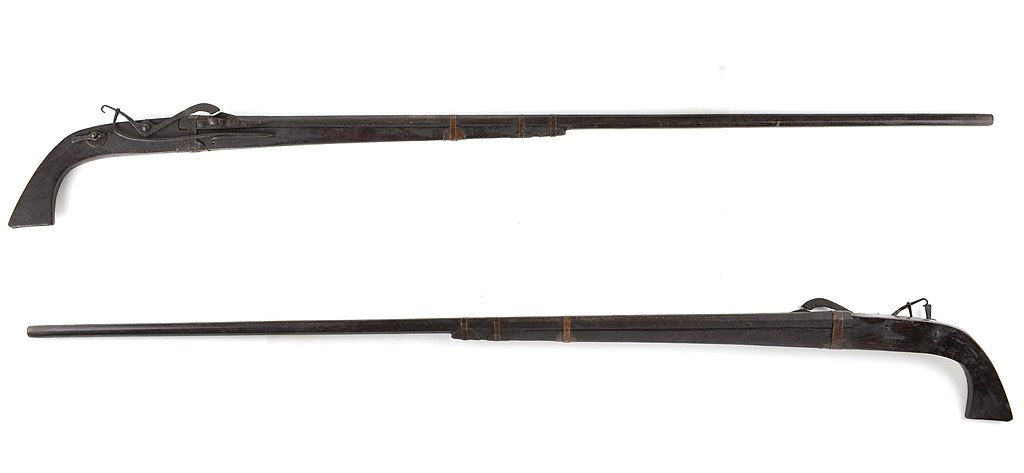
The Java Arquebus, originating from the island of Java in the Nusantara region around the 16th century, represents one of Southeast Asia’s earliest known firearms. This arquebus, influenced by Indo-Portuguese gun-making traditions, was lighter and more compact than European counterparts, reflecting adaptations to local combat needs. Javanese craftsmen modified the arquebus design by reducing its caliber and creating a short, cheek-held stock rather than a shoulder stock, improving balance and maneuverability. These changes suited the close-quarters combat typical of naval and river engagements in the region. It spread throughout the archipelago, contributing significantly to regional conflicts and influencing local warfare. Notably, it demonstrated the adaptability and skill of Javanese artisans in integrating foreign firearm technology with local innovations. This weapon showcases the cross-cultural exchanges in early firearms technology, bridging Asian and European influences and contributing to the rich history of early firearms in Southeast Asia.
Georg von Reichwein’s Revolver
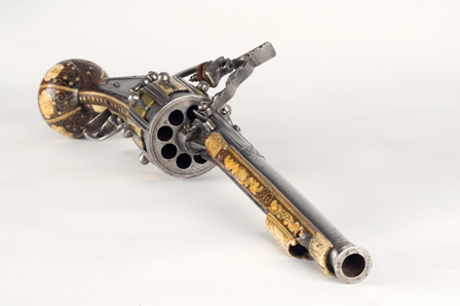
Dating back to 1597, Georg von Reichwein’s Revolver is one of the oldest existing examples of a revolver firearm. Crafted by the skilled German gunsmith Hans Stopler in Nuremberg, it featured a manual rotating mechanism that allowed it to hold multiple rounds. It was a significant advancement, as it permitted quicker reloading and multiple shots, albeit with manual rotation. Unlike modern revolvers, it required resetting between each shot, but it was still innovative for its time. It was later acquired by Georg von Reichwein, a German military officer stationed in Norway, where it remains preserved. Ornately decorated with brass and bone inlays, it was likely a ceremonial piece as well as a functional weapon. Its manual rotating feature prefigured the multi-shot firearms of later centuries. It is now preserved as a treasured artifact, embodying early European firearm advancements and artistic craftsmanship.
Tanegashima Matchlock
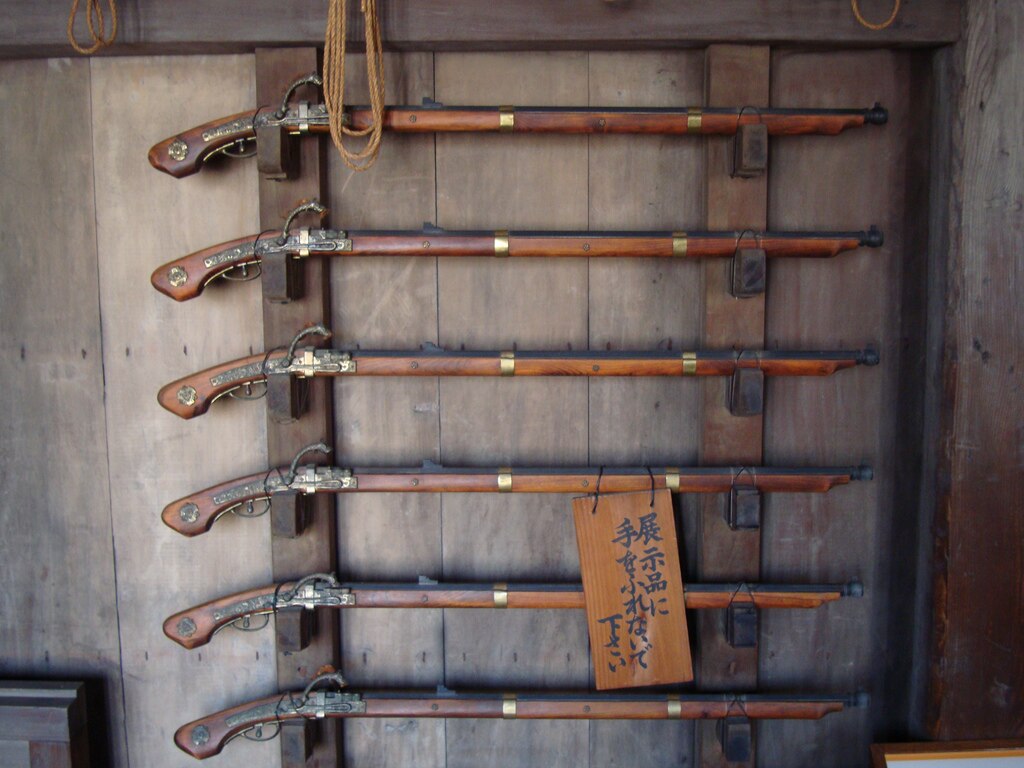
The Tanegashima matchlock, introduced to Japan in 1543, significantly changed Japanese warfare and was instrumental in samurai battles. Named after the island where Portuguese traders first brought it, the Tanegashima matchlock was Japan’s initial exposure to gunpowder weaponry. The island’s lord, Tanegashima Tokitaka, commissioned local craftsmen to reproduce the matchlock design, sparking widespread production. Despite early challenges with replicating the firing mechanism, Japanese artisans overcame these within a few years, leading to the production of hundreds of thousands of these guns. Used by samurai and foot soldiers, the Tanegashima altered traditional Japanese combat tactics, reducing reliance on archery. This firearm is now celebrated as a significant symbol in Japan’s military history.
Emperor Charles V’s Wheellock Pistol

Created between 1540 and 1545, Emperor Charles V’s Wheellock Pistol showcases the merging of art and engineering in Renaissance weaponry. Peter Peck, a highly skilled German gunsmith based in Munich, crafted it with a wheellock mechanism, a then-revolutionary feature allowing it to fire without an external ignition source. Wheellocks, although complex, offered a more reliable firing method than matchlocks, providing consistent ignition. The firearm was heavily decorated with gold and fine engravings, serving as a status symbol for Emperor Charles V, who used it as a personal defense weapon. This pistol demonstrated both advanced engineering and the aesthetic appeal sought by the elite of the period. Today, it is preserved as a significant artifact, representing both the artistic and practical values of Renaissance weaponry.
Heilongjiang Hand Cannon
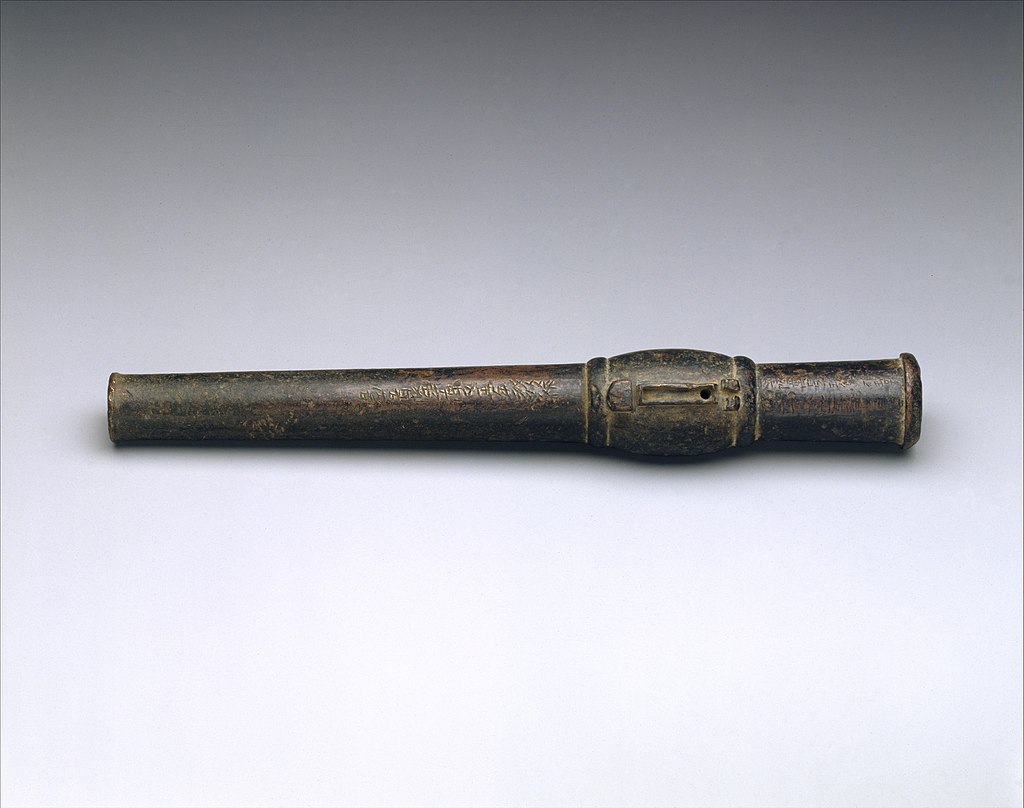
The Heilongjiang hand cannon, discovered in Heilongjiang province, China, and dating to 1288, is among the world’s oldest known firearms. This bronze hand cannon was reportedly used by Yuan Dynasty soldiers, commanded by Li Ting, marking one of the first applications of gunpowder in projectile-based warfare. Its design was simple yet groundbreaking, featuring a cylindrical barrel and a small ignition hole, suitable for close-range combat. Measuring just over a foot, it was relatively portable, allowing soldiers to wield it easily in battle. This early firearm set foundational standards in projectile weaponry, bridging the gap between gunpowder-based incendiaries and true firearms. It remains an essential symbol of early gunpowder weaponry, representing a pivotal moment in Chinese military history. Historical records confirm its combat use, highlighting its significant impact on military tactics and firearm development.
The Fire Lance
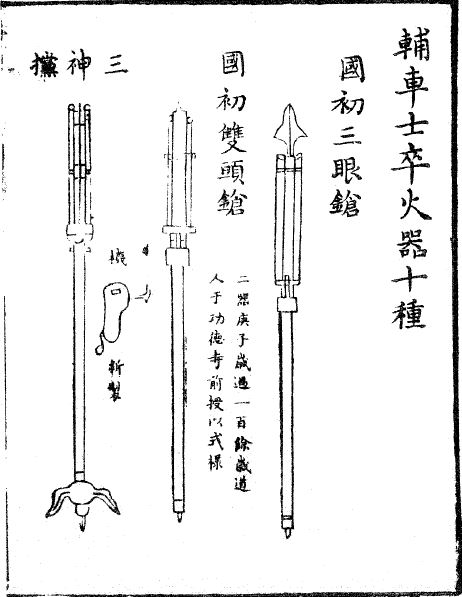
The Fire Lance, originating in 9th-century China, is recognized as one of the first gunpowder weapons, marking a crucial step in the development of firearms. This early weapon consisted of a bamboo or metal tube mounted on a spear, filled with gunpowder and sometimes shrapnel, designed to release a burst of flames and projectiles upon ignition. Primarily used during the Tang Dynasty, it was both a close-combat and psychological weapon, intimidating enemies with its explosive effects. While it was not highly accurate, it was revolutionary for its time, illustrating the potential of gunpowder in warfare. This early weapon laid the groundwork for the development of more advanced firearms and flamethrowers. It thus marks the beginning of gunpowder-based warfare in military history. As an early precursor to handheld firearms, it showcases the ingenuity of Chinese military innovation and influence on global warfare.
This article originally appeared on Rarest.org.
More from Rarest.org
20 Keystone Species That Play a Crucial Role in Their Habitats

Keystone species are essential to maintaining the balance of their ecosystems. Without them, the structure of the habitat could change dramatically. These species often influence many other organisms in their environment, helping to regulate populations and maintain biodiversity. Read More.
15 Majestic Birds of Prey That Inhabit Rugged Mountains
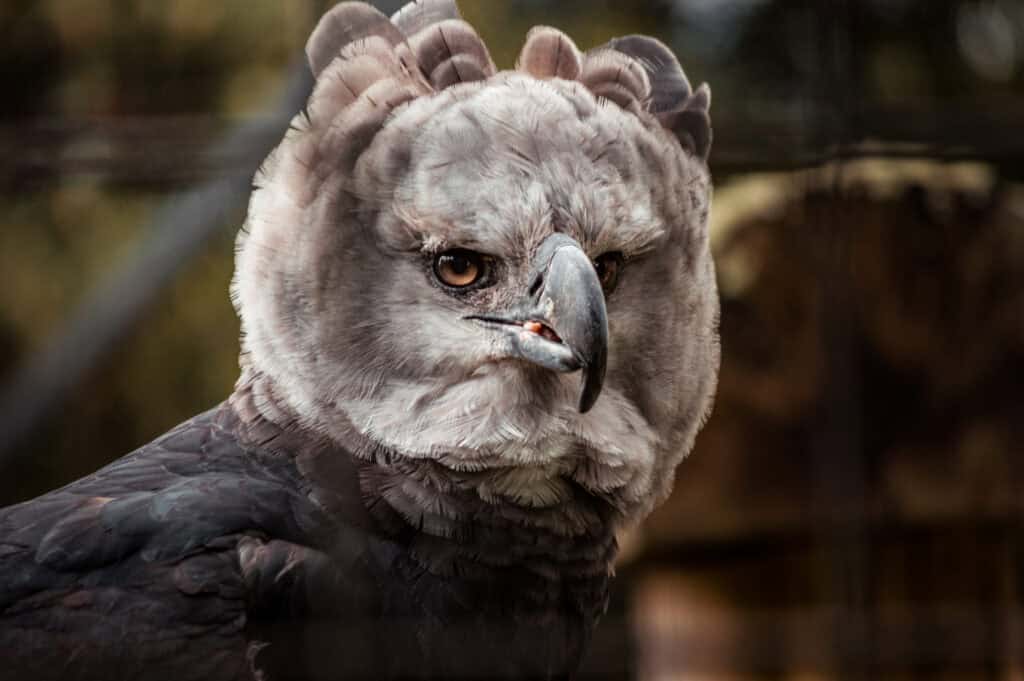
Rugged mountain landscapes are home to some of the most awe-inspiring and powerful birds of prey on the planet. These majestic raptors have evolved to thrive in harsh, high-altitude environments, where their strength, agility, and keen hunting skills are put to the test. Read More.
20 Graceful Marine Mammals That Glide Through the Ocean`s Depths

The ocean is home to some of the most graceful creatures on Earth. Marine mammals glide effortlessly through its depths, showcasing their beauty and power. Read More.
